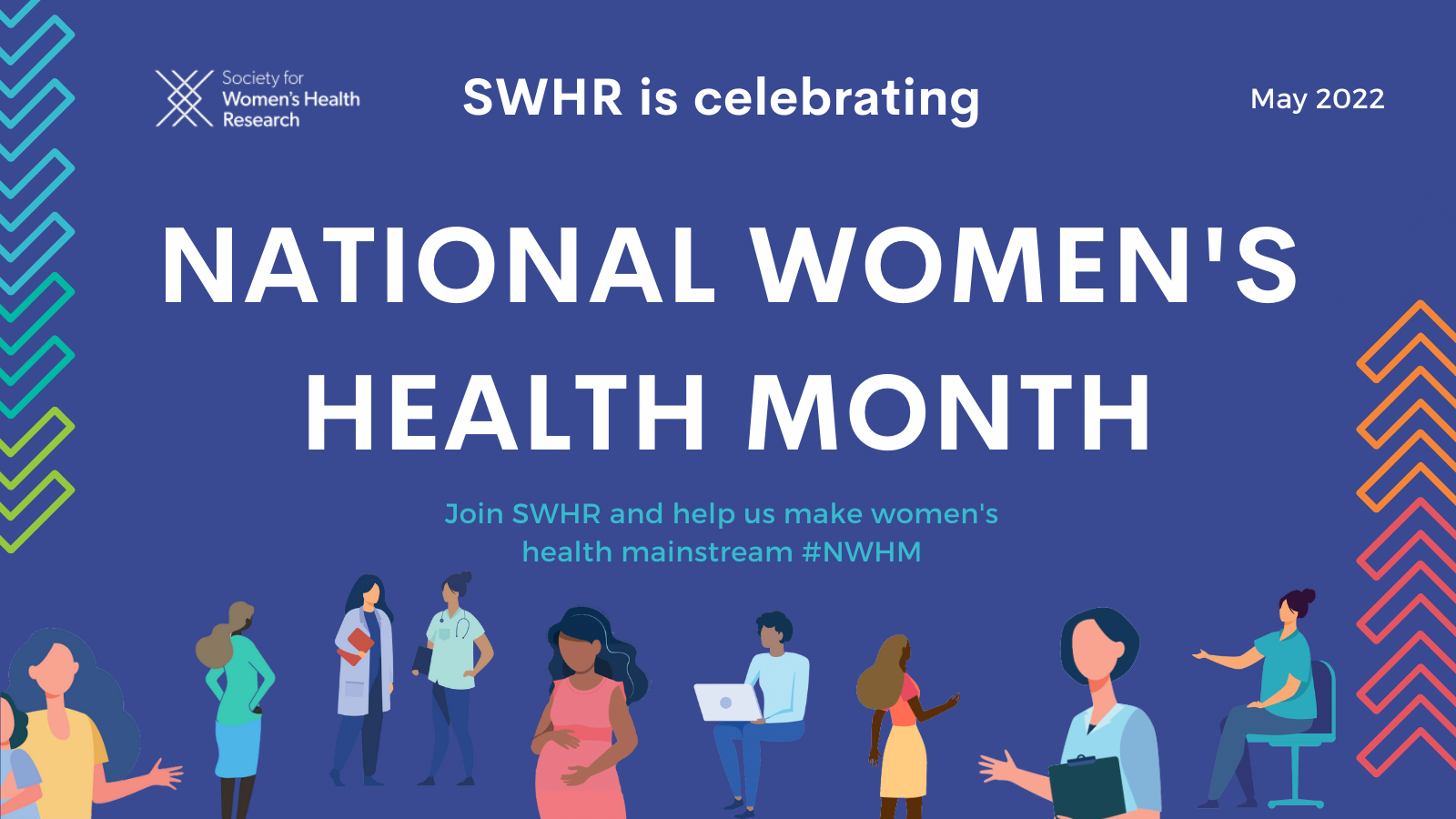For decades, health research was conducted primarily on men. Women were excluded due to lack of understanding around the female hormonal cycle and fear of research’s effect on reproductive health, stunting potential knowledge of women’s health. Despite this, many researchers and scientists advocated for the advancement of women in the biomedical research workforce and for the advancement of science for women.
The Society for Women’s Health Research (SWHR) was founded by Dr. Florence Haseltine in 1990 to advocate for the inclusion of women in clinical research.
Since its founding, SWHR has made strides improving the representation of women in research studies, advocated for the creation the National Institutes of Health (NIH) Office of Research on Women’s Health (ORWH) in late 1990, and seen increased attention paid to women’s health issues at the federal and public health levels.
“SWHR was founded on the belief that women deserve a fully researched and funded health care system, and that promoting research on women and biological sex differences will result in better lives across our society, for women scientists, physicians, caregivers, patients, and their families and communities,” said SWHR President and CEO Kathryn G. Schubert, MPP, CAE.
Two notable steps at the federal level for improving the representation of women in research were the 1993 NIH Revitalization Act, which mandated that women and minorities be included in all NIH-funded clinical research and that Phase III clinical trials be analyzed for sex differences, and the NIH 2015 Policy on Sex as a Biological Variable (SABV). In studying SABV, researchers consider sex in their research, referring to the biological classification of living things according to reproductive organs and chromosomes; this is different than studying gender, referring to identification as masculine, feminine, both, or neither, and intrinsically associated with sociodemographic factors that ultimately affect health. Both sex and gender influence health across the lifespan, and SWHR continues to advocate for the comprehensive study of both sex and gender as they relate to women’s health.
While some researchers (like early SWHR member Dr. Jill Becker) were already conducting sex differences research before 1993, these policies underscored the importance women’s health research and emphasized the importance of the study of SABV.
SWHR has pushed forward SABV work as well as women’s health research since its founding. SWHR helped establish the Organization for the Study of Sex Differences (OSSD) in 2006 and the Biology of Sex Differences (BSD) journal in 2010.
“We know women have been understudied women’s health, and SABV is a way to bridge that gap,” said Dr. Chyren Hunter, Associate Director for Basic and Translational Research at ORWH, during the recent OSSD 2022 Annual Meeting, which SWHR attended. “Without complete data, we won’t get to individualized medicine for women as well as men.”
Advancing women’s health research — including by expanding SABV research — will increase health knowledge to benefit all sexes, help bring down health care costs across the United States (particularly in areas where women exhibit higher costs, such as menopause and Alzheimer’s disease); and chiefly, improve health outcomes for women across the lifespan.
Women’s health research today is also considers influences of race, ethnicity, geophagy, socioeconomic status, and other factors that contribute to health disparities, which can be greater in women generally as well as across certain populations of women such as Black, Hispanic, and Native American women. Learn more about SWHR’s work in this space by exploring the Women’s Health Equity Initiative roadmap.
“Our understanding of the need to research women’s health over the decades has matured, yet the need for this kind of work continues,” said Dr. Kaveeta Vasisht, Associate Commissioner for Women’s Health at the U.S. Food and Drug Administration (FDA) at SWHR’s 2022 Annual Awards Gala this spring. We must do this, she added, “ by protecting women with research and not from research.”
There remain myriad opportunities to improve women’s health, from research to clinical application. In 2022 alone, SWHR has released its second annual Women’s Policy Agenda; hosted several patient and expert webinars like the Value of Diagnostics within Women’s Health series; and published resources for patients, caregivers, and clinicians (check out the fertility guides and eye health toolkit).
This Women’s Health Month is an apt time to embrace the importance of women’s health work.
“We hope this May serves as a motivation to continue advancing women’s health research, from the laboratory to the hospital waiting room to your own home,” said Schubert.
Join SWHR in this work. Tune in for an upcoming webinar to hear directly from women living with a variety of conditions, read the latest about women’s health research on the SWHR’s blog, or donate to support SWHR’s mission of making women’s health mainstream.
Follow SWHR on social media on Twitter, Facebook, and LinkedIn to learn more about Women’s Health Month and share your own thoughts on women’s health.
